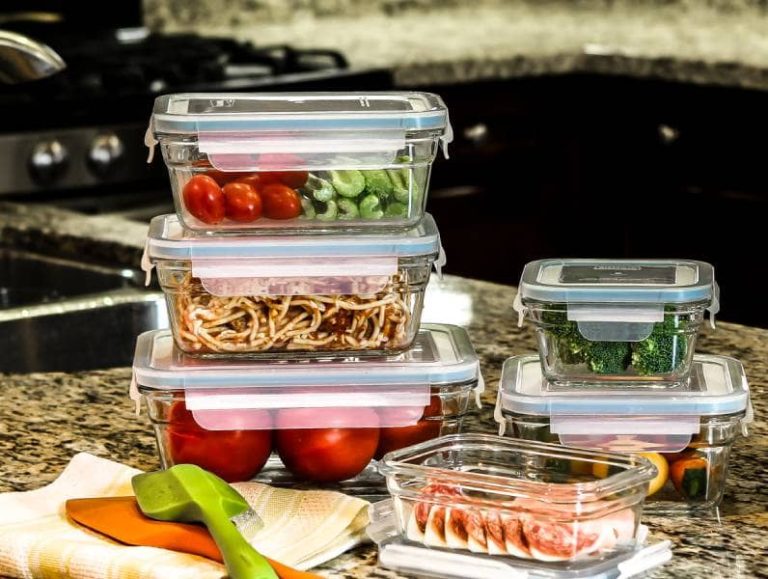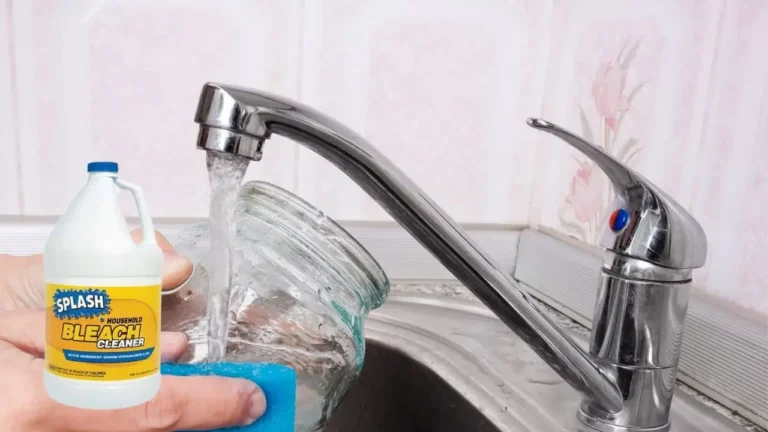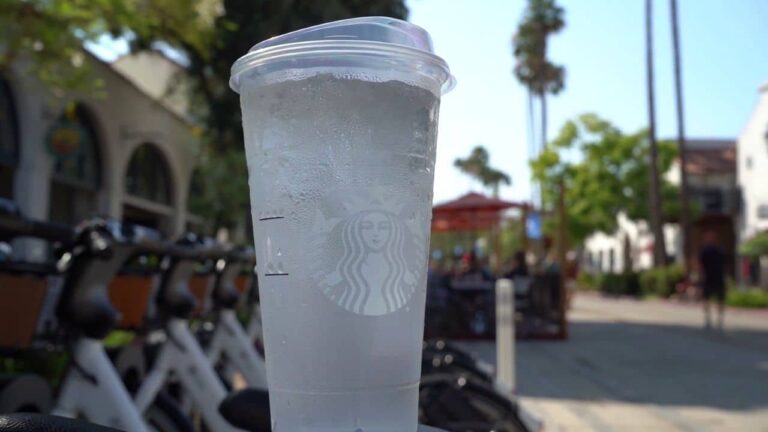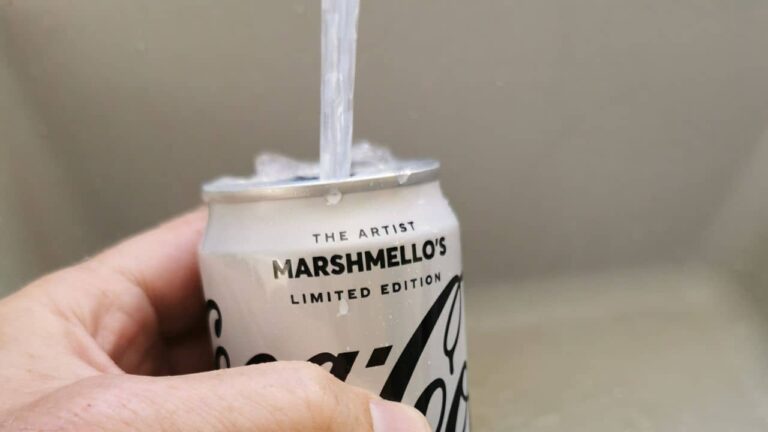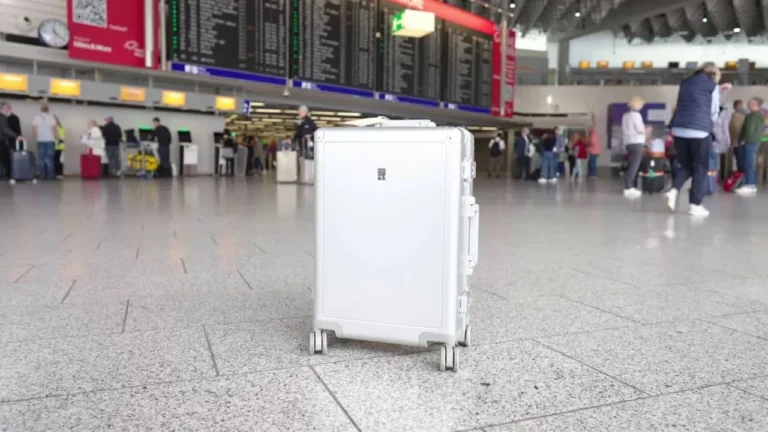Do Water Bottle Filters Really Work? (Solved & Explained)
Hey there! Have you, like me, been noticing the buzz around water bottle filters lately? They promise us clean and safe drinking water wherever we go.
As someone who loves the great outdoors, this sounds like a dream come true. But I had to ask, do these water bottle filters genuinely deliver on their promises?
Yes, most of them do! Water filter bottles are usually really good at getting rid of pathogens, bacteria, and even tiny microplastics. They also help get rid of chemicals like chlorine, making the water taste better and be more pure.
But, there’s a catch! You gotta know about these things called NSF protocols before you get your hands on one. They help you know how effective your water filter bottle is going to be.
How Effective are Water Bottle Filters, Really?
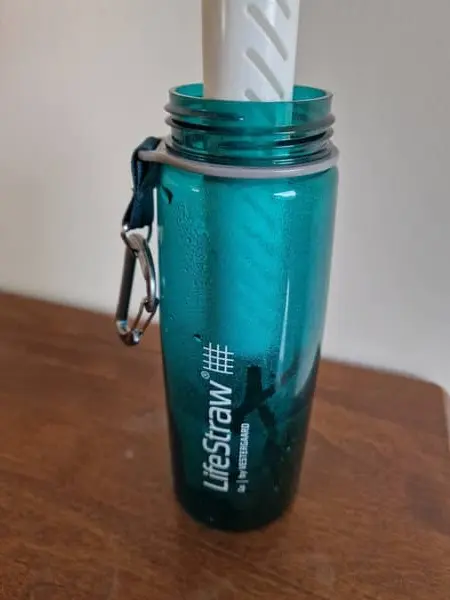
Ever found yourself wondering how well water bottle filters work? As someone who values health, I surely did! So, I dug deep into how these bottles and their filters handle different types of contaminants.
Let’s break this down.
What can hiking water bottle filters take out?
You might be a little surprised when you see the laundry list of nasty stuff that could be in untreated or poorly treated water. We’re talking bacteria like Salmonella, E. Coli, Cholera, and Dysentery, parasites, viruses, particles of dirt, heavy metals, and chemicals.
A critical factor in how well a filter works is how small its pores are. Water bottle filters with pores as small as 0.2 microns can kick out almost 99% of all those bad guys.
I’ve put together a simple table to give you an idea of what contaminants water bottle filters can handle based on their pore sizes:
| Contaminant | Pore Size |
| Bacteria | 0.2 – 1 micron |
| Viruses | 0.02 – 0.4 micron |
| Cysts | 1 – 15 micron |
| Particles | 0.5 – 50 micron |
Understanding NSF Protocols for Regular and Hiking Filters
Here’s something you’ll really want to know about before getting your hands on a water filter bottle – the NSF protocols. Think of them as a rulebook or a guide that helps you understand how effective different water filter bottles are, from the most basic to the most advanced.
NSF protocols are set by the National Sanitation Foundation, an independent product testing and certification organization. They’ve got four key protocols – NSF/ANSI 42, 53, P231, and P248 – which assess the efficacy of water bottle filters in various contexts.
Let’s get into them:
| NSF Standard | Description | Applications |
|---|---|---|
| NSF/ANSI 42: Aesthetic Effects | Filters certified to reduce aesthetic impurities such as chlorine, taste, and odor. Applies to point-of-use or point-of-entry treatment systems. Does not test for the removal of pathogenic microorganisms. | Primarily used for systems addressing tap water quality, such as under the sink filters or water pitchers. Not comprehensive for assessing safety of backcountry water. |
| NSF/ANSI 53: Health Effects | Filters certified to reduce contaminants with a health effect as regulated by the EPA and Health Canada. Covers adsorption/filtration, which is when matter adheres to the surface of, or in the pores of, an adsorbent media. Example: carbon filters. | Mostly used for reducing chemicals from tap water, may not cover all possible contaminants. Limited efficacy for wilderness water filtering. |
| NSF Protocol P231: Microbiological Water Purifiers | Based on EPA’s Task Force Report, these filters are certified for health and sanitation. Tests against tap water and simulated ‘worst-case’ wilderness water with disease-causing microorganisms. Does not test for chemicals. | Ideal for backcountry water filters. Certification does not imply removal of all possible contaminants. Verification of specific contaminant reduction is necessary. |
| NSF Protocol P248: Military Operations Microbiological Water Purifiers | An adaptation of P231, this standard simulates military purifiers’ field mission use. Also tests for the removal of microorganisms from ‘worst-case’ wilderness water. | Ideal for assessing backcountry devices. Just like P231, certification doesn’t imply removal of all contaminants. Verification is required. |
Note: Always verify that the filter is certified to the applicable standard for the reduction of the targeted contaminants.
Knowing When to Change Your Filter: The Secret to Keeping Your Bottle Top-Notch
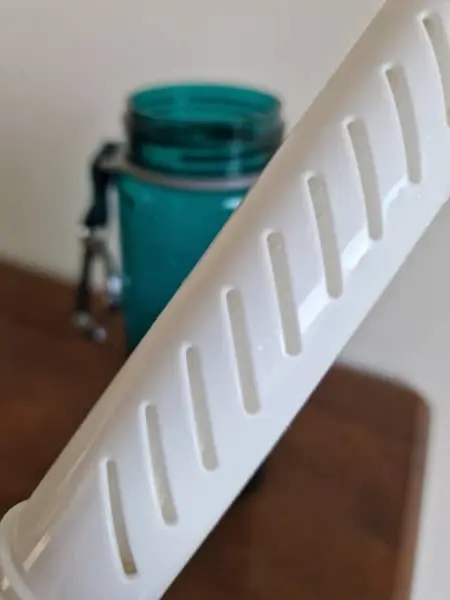
Using a filtered water bottle has one essential rule: keep track of your filter’s lifespan. Each filter can only clean so much water before it needs a replacement. Bigger pores mean the filter will last longer.
So, if your filter is made to kick out viruses, it might last for about 100 – 400 litres. But a filter made to deal with bacteria might last for over 1000L.
Here’s why: as the filter continues to do its job, the trapped particles eventually clog up the pores. Smaller pores will get blocked faster.
Some bottles have multi-stage filters. One part focuses on removing the harmful stuff, while another part works on making the water taste better. The taste-improving part often wears out faster, but even when it does, your water’s still safe, though the taste might change a bit.
So, before your next adventure, think about how much water you’ll be drinking. Then, see if your bottle’s filter can handle it or if you might need some extra filters on hand.
Conclusion: Are Filtered Water Bottles Worth It?
So, the bottom line: I truly think investing in a filtered water bottle is a total game-changer, especially for us outdoor buffs.
But, before you go running to the store, make sure to check out the NSF protocols the water filter bottle meets. Not every manufacturer can live up to those high P231 and P248 standards. Only two bottles, the LifeSaver Bottle and LifeStraw Filter 2, pass these tough tests to my knowledge.
So, a filtered water bottle is definitely worth it, but picking the right one can make all the difference. So, do your homework, check those certifications, and get ready for your next adventure!
Source
- NSF: https://www.nsf.org/


